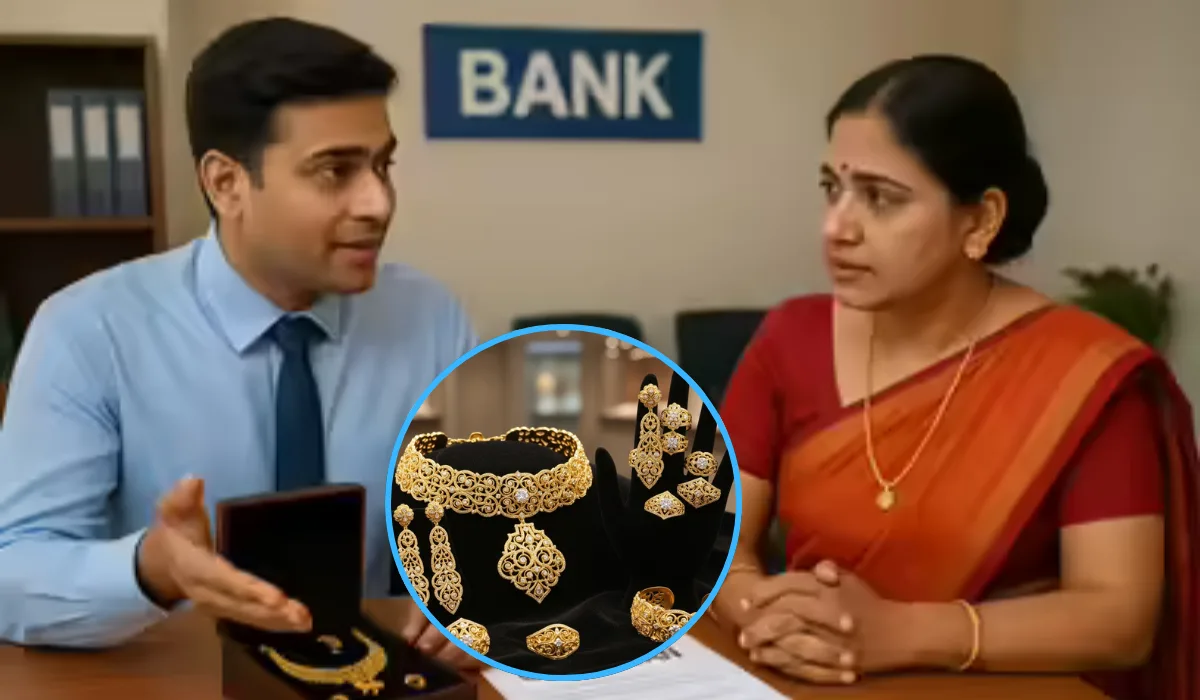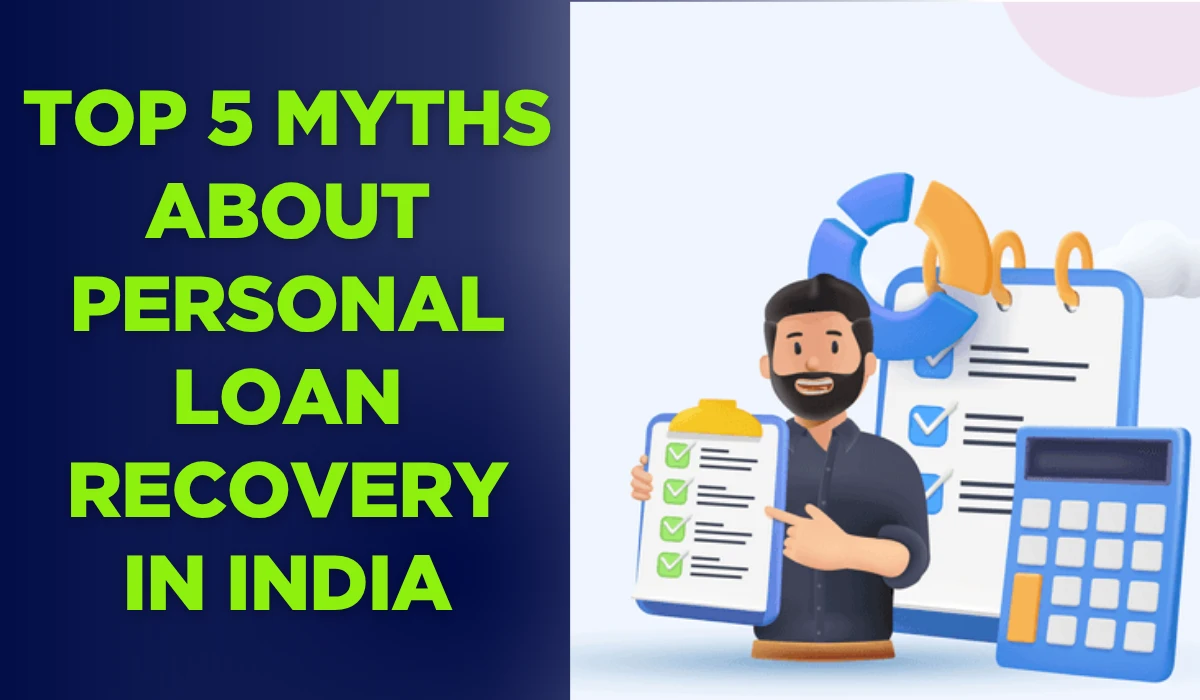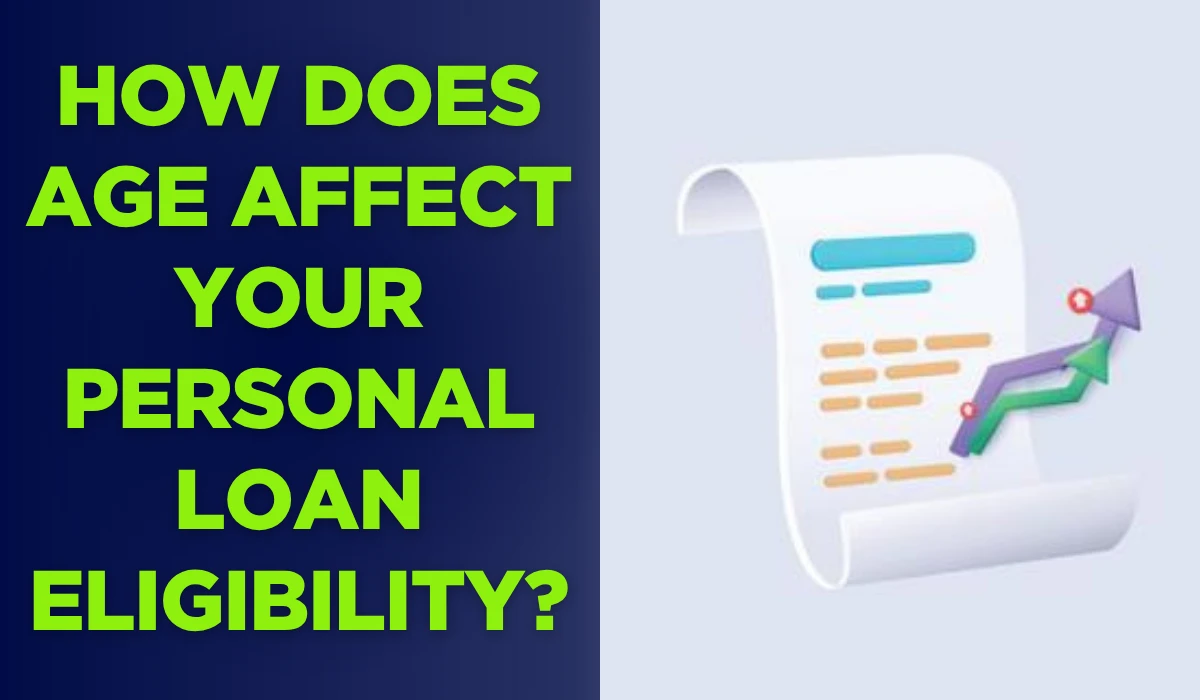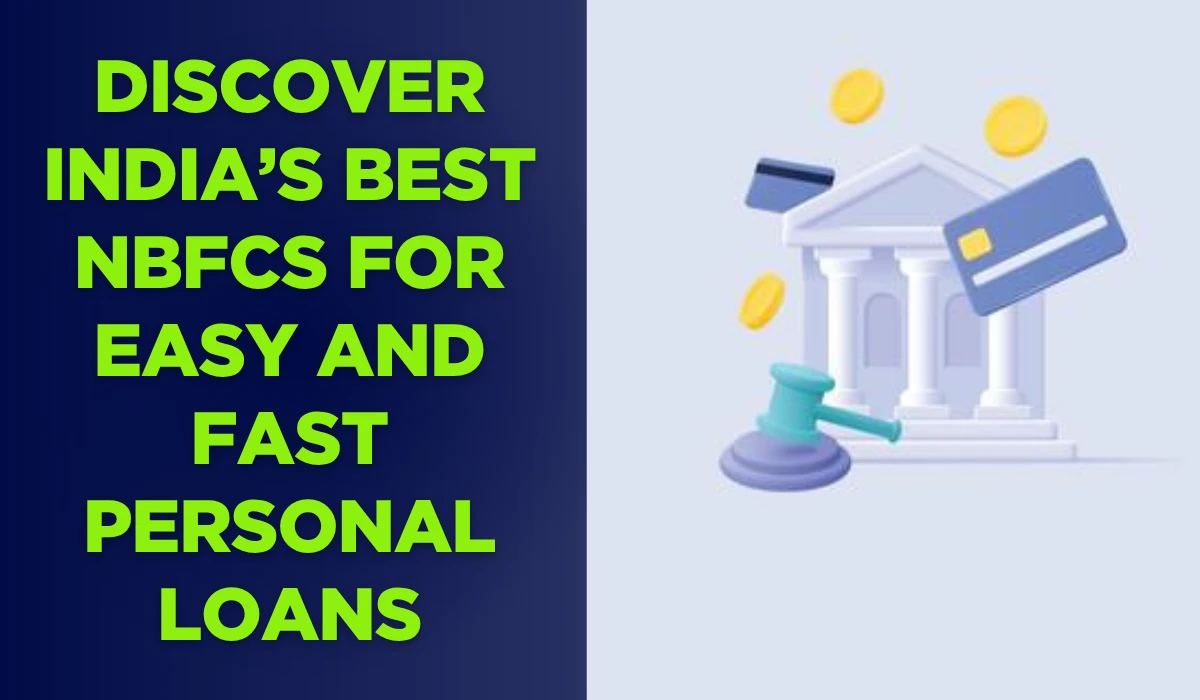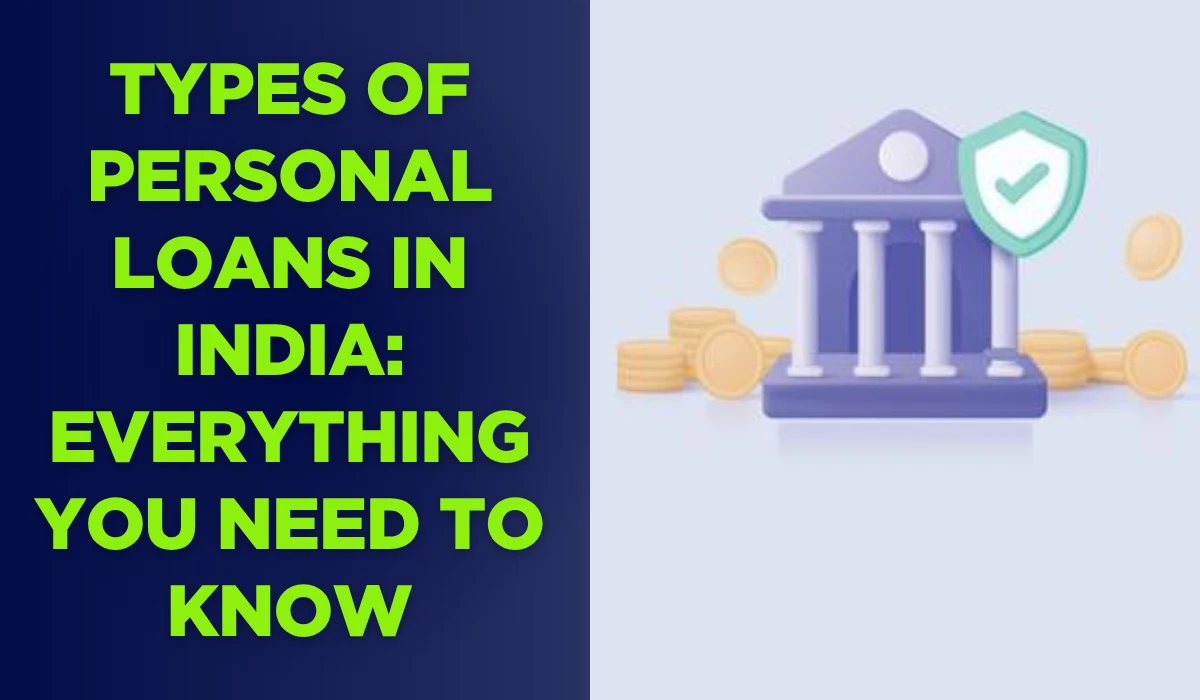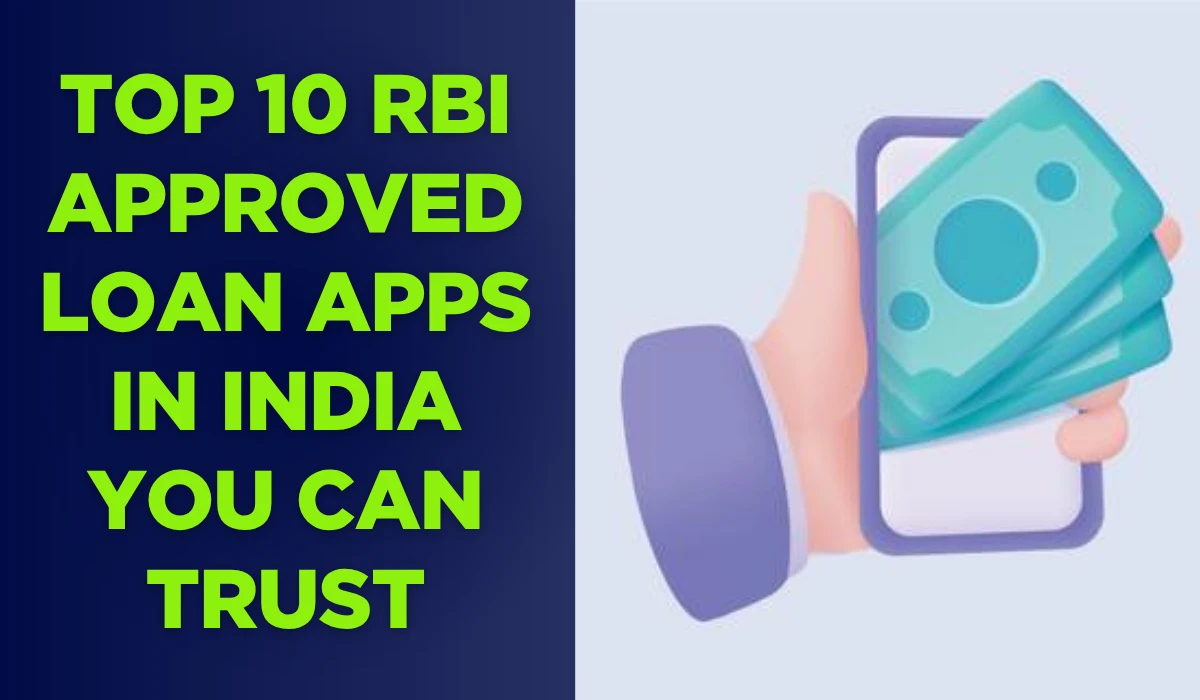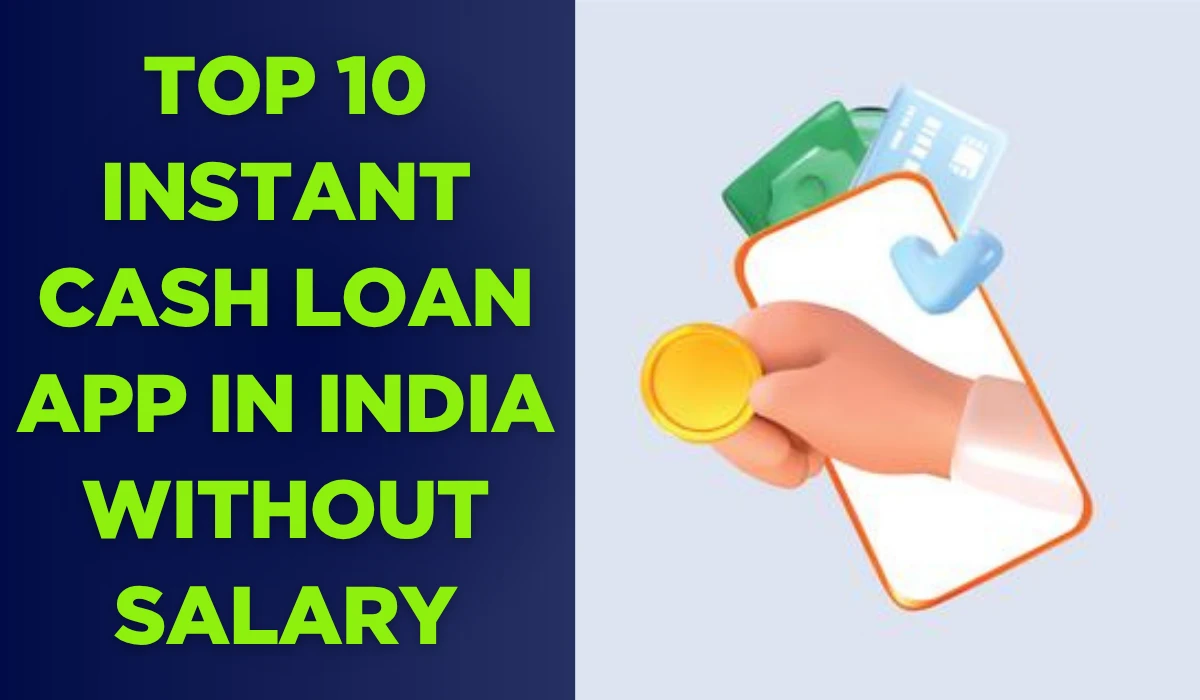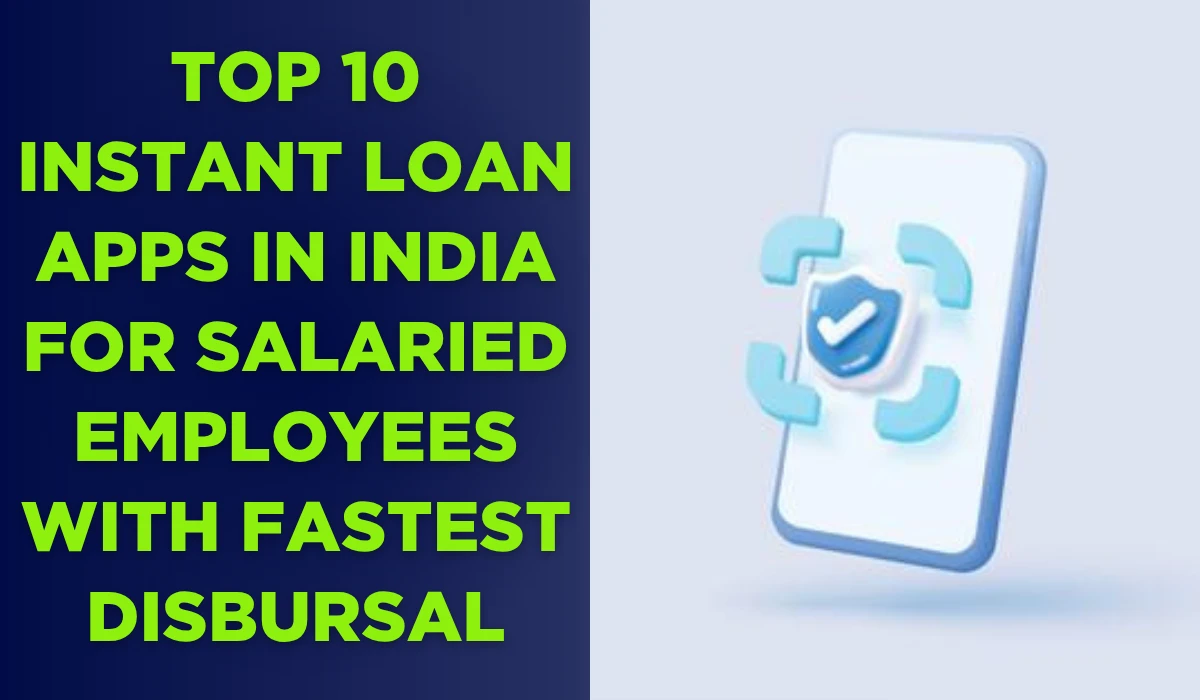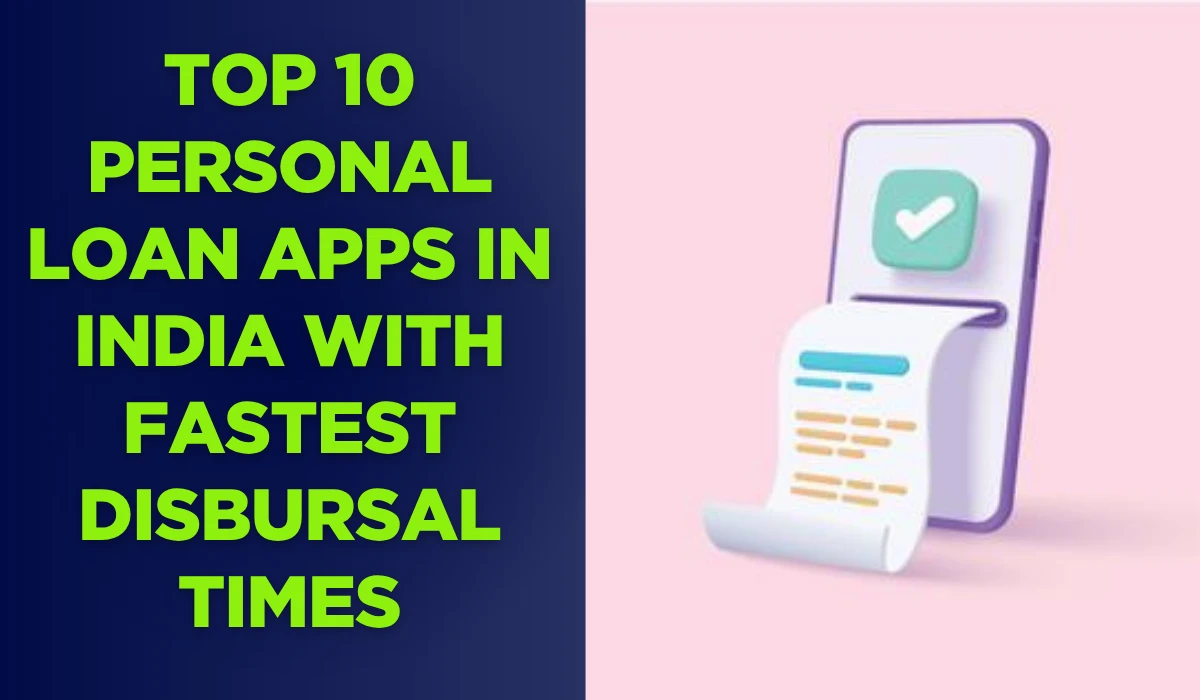Gold Loans in India
Gold loans have emerged as a reliable financial tool for millions of Indians facing unexpected expenses. These secured loans allow individuals to borrow against their gold holdings without selling valuable assets.
In times of economic uncertainty, such as rising inflation or personal emergencies, gold loans provide immediate liquidity. Borrowers retain ownership of their gold, redeeming it upon repayment.
This mechanism supports diverse needs, from medical bills to business expansions. With digital advancements, applying for a gold loan has become faster than ever.
Yet, selecting the right lender requires careful evaluation of interest rates and terms. As of October 2025, rates reflect market dynamics, influenced by the Reserve Bank of India (RBI) guidelines and gold price volatility.
Understanding these elements empowers borrowers to make cost-effective decisions.
How Gold Loans Function
The process of obtaining a gold loan begins with valuation. Lenders assess the purity and weight of the pledged gold using advanced karat meters.
Purity levels, measured in karats, determine the loan-to-value (LTV) ratio, typically 50-75%. For instance, 22-karat gold fetches higher amounts than 18-karat equivalents.
Once valued, funds are disbursed within hours, often via bank transfer. No credit score check is required, making it accessible for those with limited credit history.
Repayment occurs over tenures ranging from 3 months to 4 years. Interest accrues on the principal, with options to extend if needed.
This simplicity contrasts with unsecured loans, offering lower rates due to collateral. Borrowers must maintain purity standards to avoid rejection.
Latest Gold Loan Interest Rates in October 2025
Interest rates for gold loans fluctuate based on lender policies, economic conditions, and borrower profiles. Public sector banks often provide competitive rates, while private banks emphasize speed.
NBFCs charge higher due to faster processing but may suit urgent needs. Below is a comparison of rates from key institutions.
| Interest Rates on Gold Loans (%) | Bank/NBFC | Rates |
|---|---|---|
| Public Sector Banks | ||
| State Bank of India (SBI) | 10.00 | |
| Union Bank of India | 9.65 | |
| Punjab National Bank (PNB) | 8.35 | |
| Bank of India | 9.40 | |
| Bank of Baroda | 9.40 | |
| Indian Bank | 8.75 | |
| Canara Bank | 8.90 | |
| Private Sector Banks | ||
| HDFC Bank | 9.30 | |
| ICICI Bank | 9.15 | |
| Axis Bank | 9.75 | |
| IndusInd Bank | 10.50 | |
| Kotak Mahindra Bank | 9.00 | |
| NBFCs | ||
| Bajaj Finserv | 9.50 | |
| Muthoot Finance | 22.00 | |
| IIFL | 11.88 | |
| Manappuram Finance Limited | 15.00 |
These rates are indicative and subject to change. Always verify with the lender for personalized quotes.
Public Sector Banks: Affordable and Reliable Options
Public sector banks dominate the gold loan market with lower rates, backed by government oversight.
SBI's 10.00% rate suits large loans, with branches nationwide for easy access. Union Bank at 9.65% offers flexible tenures up to 36 months.
PNB leads with 8.35%, ideal for cost-conscious borrowers. Bank of India and Bank of Baroda both at 9.40% provide EMI calculators online for transparency.
Indian Bank's 8.75% and Canara Bank's 8.90% emphasize rural outreach, processing loans against agricultural gold.
These institutions ensure regulatory compliance, enhancing borrower trust.
Private Sector Banks: Speed and Digital Convenience
Private banks focus on tech-driven services, appealing to urban customers seeking quick approvals.
HDFC Bank's 9.30% rate includes doorstep services in select cities. ICICI Bank at 9.15% integrates with mobile apps for instant valuations.
Axis Bank's 9.75% comes with loyalty discounts for existing customers. IndusInd at 10.50% targets higher loan amounts up to Rs 50 lakh.
Kotak Mahindra's 9.00% stands out for minimal documentation, often completed in under 30 minutes.
Digital tracking tools from these banks simplify monitoring repayments.
NBFCs: Flexible but Higher Costs
NBFCs like Bajaj Finserv at 9.50% offer weekend services and higher LTV ratios.
Muthoot Finance's 22.00% reflects its extensive network but suits short-term needs. IIFL at 11.88% provides insurance coverage on pledged gold.
Manappuram's 15.00% includes overdraft facilities, allowing partial withdrawals.
While rates are elevated, NBFCs process loans faster, often without income proof.
Eligible Collateral for Gold Loans
Not all gold items qualify as security. Lenders prioritize hallmarked jewelry to verify authenticity.
Accepted forms include chains, bangles, and rings of 18-23 karats. Bank-issued 24-karat coins up to 50 grams per applicant are also valid.
Purity testing occurs on-site, with deductions for stones or gems. Plain gold without embellishments fetches the best valuation.
This ensures fair assessment, aligning with RBI norms on collateral quality.
Gold Items Typically Rejected by Lenders
Certain items fail to meet lending standards, protecting both parties from disputes.
Gold-plated jewelry or those with thin gold layers over base metals are ineligible. Idols, utensils, and watches often exceed acceptable categories.
Deductions over 50% for embedded stones render pieces unusable. White gold, diamond-studded items, and imitation variants face rejection.
Hairpins, cufflinks, straps, thread mangalsutras, and ginni are excluded due to low intrinsic value.
Gold bars or biscuits of 24 karats are not accepted by most, as per SBI guidelines.
Understanding these restrictions prevents application delays.
Determining Loan Amount Per Gram
Loan eligibility ties directly to gold's market value per gram. Current rates, around Rs 7,500 per gram for 24-karat gold in October 2025, influence payouts.
For 22-karat gold, expect 65-75% LTV, yielding Rs 4,500-5,000 per gram net. Purity adjustments apply: 20-karat at 60% LTV, 18-karat at 50%.
Weight excludes non-gold elements, ensuring precise calculations. Minimum loans start at Rs 5,000, with caps up to Rs 20 lakh for individuals.
Online calculators from lenders like HDFC aid pre-assessment.
Fluctuations in global gold prices can alter amounts mid-application, so timely valuation is key.
Key Factors to Consider Before Applying
Low Interest Rates for Cost Savings
Prioritizing lenders with rates below 9% minimizes long-term costs. Higher rates compound quickly on extended tenures.
Compare using tools from BankBazaar for real-time insights. Public banks often edge out privates here.
Monitoring Current Market Value
Track daily gold prices via MCX or apps like Groww. Borrowing only essentials avoids over-leveraging against volatile assets.
A 5% price drop could reduce future redemption values.
Flexible Repayment Options
Opt for plans matching cash flows, such as quarterly interest payments. This flexibility reduces default risks.
Security and Insurance Measures
Choose lenders offering vault storage and theft insurance. Digital lockers from ICICI ensure tamper-proof custody.
Fees for these add 0.5-1% but safeguard valuables.
Repayment Options for Gold Loans
Repayment structures vary, allowing customization to financial profiles.
EMI with Principal and Interest
Monthly EMIs cover both, suiting salaried borrowers. Tenure calculators predict outflows accurately.
Interest-Only EMI, Principal at End
Pay interest monthly, defer principal. This eases initial burdens but may elevate total costs slightly.
HDFC promotes this for cash flow management.
Partial Payments for Interest Savings
Make ad-hoc principal reductions anytime. Daily interest recalculation lowers overall expenses.
Ideal for irregular incomes.
Bullet Repayment Plan
Settle everything at maturity. No interim payments, but highest interest accrual.
Suited for short tenures under 12 months.
Regular EMI for Structured Repayment
Fixed monthly deductions build discipline. Faster approvals for verified income proofs.
Partial Prepayment Benefits
Lump-sum reductions shorten tenure, cutting interest. No penalties in most cases post-3 months.
Upfront Interest Prepayment
Pay interest initially, principal later. Reduces effective rates versus bullet options.
Requires upfront liquidity but optimizes costs.
Eligibility Criteria and Application Process
Basic requirements include age 21-65, KYC documents, and gold collateral. No minimum income threshold for most.
Applications start online or at branches. Upload Aadhaar, PAN, and photos; pledge gold for instant approval.
Disbursal follows within 60 minutes. Track via SMS alerts.
Processing Fees and Additional Charges
Expect 0.25-1% processing fees, plus GST. Valuation costs Rs 500-1,000; storage is free for short tenures.
Foreclosure after 3 months incurs nil to 2% charges. Late payments add 2% penalties.
Transparent fee structures from PNB enhance trust.
Advantages of Gold Loans Over Other Financing
Unlike personal loans, gold loans skip credit checks, approving even CIBIL-defaulters. Rates 4-6% lower due to security.
Quick access beats credit card cash advances. No asset sale preserves wealth.
Risks and Precautions in Gold Loans
Over-borrowing risks asset loss if defaults occur. Auctions follow 90-day delays per RBI.
Verify lender RBI registration to avoid frauds. Insist on purity certificates.
Monitor gold prices quarterly to plan redemptions.
Conclusion: Choosing the Right Gold Loan
In October 2025, gold loans blend accessibility with affordability. PNB's 8.35% rate appeals for savings, while ICICI's digital edge suits tech-savvy users.
Evaluate based on tenure, fees, and security. Consulting financial advisors ensures alignment with goals.
This informed approach maximizes benefits from gold's enduring value.

